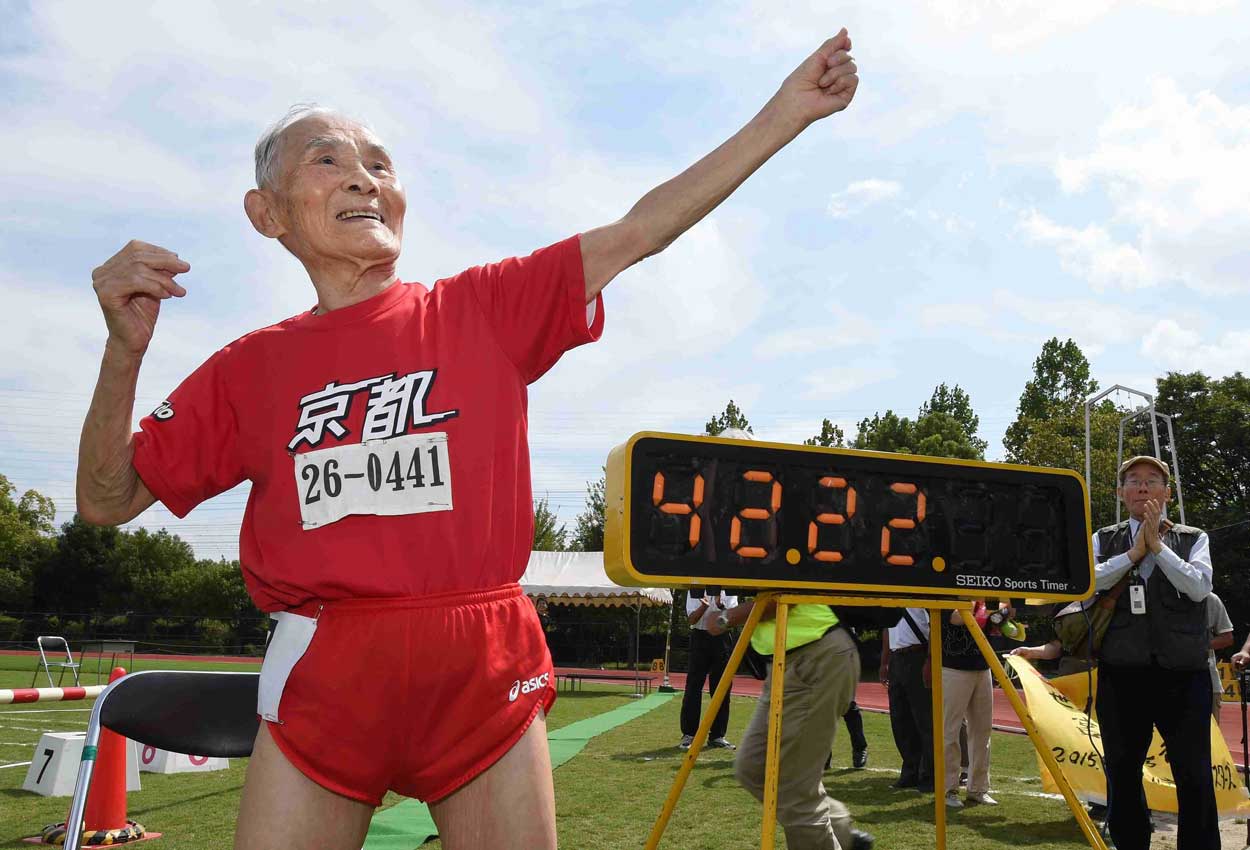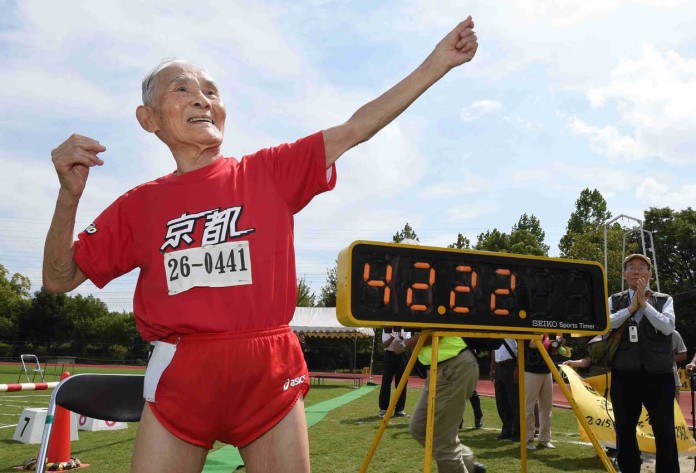The number of centenarians in Japan has hit another annual high, according to statistics released by the welfare ministry on Tuesday ahead of Respect-for-the-Aged Day next Monday.
According to the Japanese health ministry, the number of centenarians as of Sept. 15 had increased by 4,124 from last year to a record 65,692, extending the rise in the age group’s population to 46 consecutive years.
As of Sept. 1, the number of elderly set to reach the age of 100 by the end of this fiscal year increased by 1,368 from last year to 31,747 – 4,469 men and 27,278 women – marking another consecutive increase of 46 years.
According to the ministry, the number of female centenarians increased by 3,797 to 57,525, which comprises 87.6 per cent of citizens aged 100 or older – an increase of 0.3 percentage points from last year and another record high. The number of male centenarians increased by 327 to 8,167.
By prefecture, the population of centenarians per 100,000 residents was highest at 96.25 in Shimane, which has defended its top rank for four years in a row. Kochi was No. 2 at 87.93, followed by Tottori at 84.84. All prefectures from the top of the list to No. 9 were in western Japan.
Saitama ranked lowest of the 47 prefectures at 30.97, while Aichi was penultimate at 35.05 and Chiba ranked No. 45 at 38.27. These figures show that the concentration of centenarians residing in urban areas is low.
In general terms, the figures indicate that the density of the centenarian population is higher in areas where the younger generation has moved out and the overall population is in decline.
The density tends to be relatively lower in populated urban areas that constantly draw members of the younger generation. A ministry official says that while migration of the younger generation and other factors are unaccounted for, “the results show that [the density of the centenarian population] is higher in western Japan and lower in eastern Japan.”
In 1963, when the government started to publicly recognise citizens aged 100 or older, the number of centenarians stood at 153. It surpassed the 10,000 mark in 1998, and topped 50,000 in 2012.
The advance of medical technology and increased health-awareness among the elderly are said to be the main factors contributing to the rise in the number of centenarians.
The oldest woman in the country is 116-year-old Nabi Tajima of Kikai, Kagoshima Prefecture, and the oldest man is 112-year-old Masamitsu Yoshida of Ota Ward in Tokyo.
The Silver Cup awarded to centenarians had been made from pure silver. However, starting this fiscal year, the ministry has decided to award silver-plated cups instead to cut down on expenses. As a result, the cost per cup has fallen from ¥7,600 (S$100) to ¥3,800.






